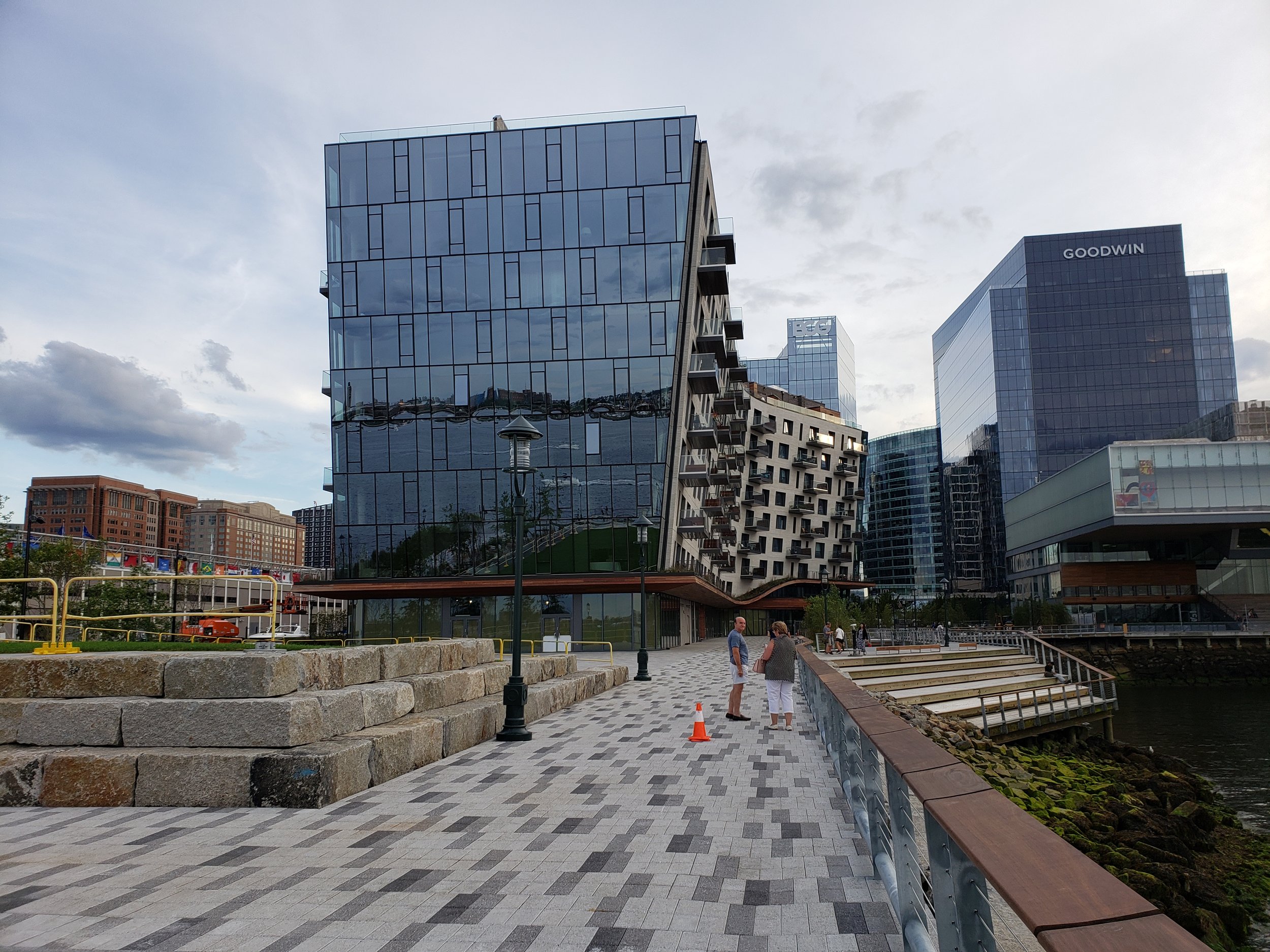Innovation Districts
Assessing their Potential as a Strategy for Urban Economic Development
Joshua Drucker (University of Illinois, Chicago) and Carla Maria Kayanan (Maynooth University)
Innovation districts have gained attention as a fast-spreading urban economic development strategy, raising numerous questions. What are their distinguishing attributes? Are they a substantive policy innovation? Are they likely to succeed in fostering innovation and economic dynamism? Innovation districts have been strongly promoted (by the Brookings Institution and by the Global Institute on Innovation Districts among others) and are proliferating as a popular strategy for urban economic development. Yet among both practitioners and scholars there is no agreement on what constitutes an innovation district, nor a shared understanding of which features or practices are likely to make innovation districts successful in realizing common economic development objectives such as job creation, boosting innovation, or the development or redevelopment of urban areas.
To address this deficit, we begin by offering a definition that distinguishes innovation districts from other approaches used in economic development. We then contend that innovation districts are well positioned to achieve positive outcomes, explaining how their design and characteristics fit with prevalent theories and understandings of innovation, entrepreneurship, and human capital in economic development. This is illustrated through examples from four innovation districts that we extensively studied extensively: the Boston Seaport District, the Detroit Innovation District, the Saint Louis Cortex Innovation Community, and the San Diego I.D.E.A. (Innovation + Design + Education + Arts) District. These innovation districts are examined in much more detail in Drucker et al. 2019.
Table 1. Selected Features of Four Innovation Districts
We define innovation districts to be spatially delineated urban areas in which firms and other organizations actively foster innovation, and are supported in doing so by policy actions, amenities, infrastructure, and favorable urban economic and social spaces. The elements included in this definition differentiate innovation districts from places in which market forces serve to concentrate innovative activity and the innovation district label is applied solely as a marketing tactic. It also separates innovation districts from other types of economic development strategies that may be organized around innovation and entrepreneurship, such as incubators and research parks.
Table 2. Innovation Districts Compared with Selected Economic Development Strategies
Through evaluating innovation districts against theories and observations of the modern economy, we show that they are suited to encouraging innovation and stimulating economic development. The spatially bounded nature of innovation districts places knowledge producers, knowledge workers, innovative companies, professional service firms, and supporting organizations in close proximity with each other. Most innovation districts are constructed at a neighborhood scale, a size consistent with maximizing knowledge spillovers and informal encounters. Close physical co-location facilitates a variety of interactions and supports the growth and diversification of professional and interpersonal networks. Many innovation districts augment this process by hosting networking and social gatherings or by sponsoring cultural events that provide individuals with additional opportunities to make connections and establish linkages across organizational boundaries.
Innovation districts maintain a strong focus on attracting and retaining human capital and talent. They accomplish this in part by developing, branding, and publicizing their locations, which offer an invigorating lifestyle and support a high quality of life. They typically target the substantial segment of young professional workers and entrepreneurs who desire, or even expect, the stimulation of a vibrant, continuously active, live-work-play environment. Mixed land uses, compact and walkable urban design and form, convenient and efficient transportation and communications infrastructure, appealing public spaces, and plentiful recreational and cultural attractions are key elements of the contemporary urban ambiance that innovation districts use in their promotional efforts.
Most innovation districts intentionally engage a range of actors—both innovation-intensive and service firms, non-profit institutions, workers, and residents—though there is much variation in how, and how well, they do so. Some specifically lure startup companies, and others seek a mix of entrepreneurial ventures and established firms. Frequently, innovation districts leverage local anchor institutions for their knowledge or innovation output; for commitments of financial resources, physical spaces, or programmatic activity; or for their community engagement reputation and expertise. In bringing together different kinds of individuals and establishments, innovation districts are endeavoring to assemble strong entrepreneurial ecosystems, which are combinations of actors, assets, and activities that together provide a supportive milieux within which entrepreneurs are more likely to be successful. Innovation districts must be long-term in their outlook; the development of a flourishing entrepreneurial ecosystem requires many years if not decades.
Our investigation of innovation districts demonstrates that they represent something new in economic development. Although each of their individual characteristics and features can be identified as being part of other, earlier, economic development strategies, the combination of the components of spatial designation, active cultivation of innovation, and modern urban amenities and spaces is novel. An innovation district strategy for urban economic development coordinates among public and private entities to construct a dynamic and productive environment in a particular, intentionally chosen location.
Read the full UAR article here.
References
Drucker, J., C. M. Kayanan, and H. Renski. 2019. Innovation Districts as a Strategy for Urban Economic Development: A Comparison of Four Cases. Prepared for Ewing Marion Kauffman Foundation. Available at https://papers.ssrn.com/sol3/papers.cfm?abstract_id=3498319.
Joshua Drucker is associate professor of urban planning and policy at the University of Illinois Chicago, where he is a faculty advisor for the Government Finance Research Center. His research concentrates on economic development planning and policy, including innovation and technology, entrepreneurship, anchor institutions, local government taxation and incentives, and methods for planning and economic analysis.
Carla Maria Kayanan is a political-economic geographer with strong interests in the spatial organization of work and the resultant landscapes of urban inequality. She is an assistant lecturer at Maynooth University (Ireland) with joint appointments in the Social Sciences Institute and the Department of Geography.


